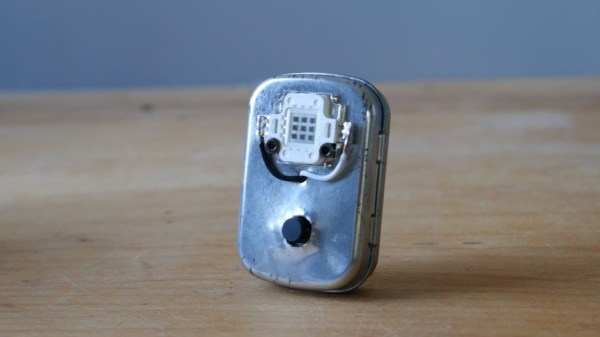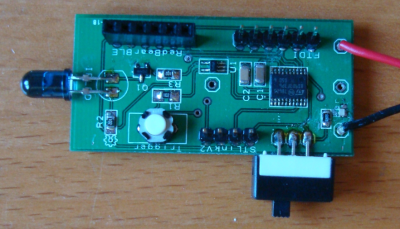Here’s your chance to bring some great stuff home from The Hackaday Prize. For the next 3 weeks we’ll be looking for the best entries using Atmel, Freescale, Microchip, and Texas Instruments parts.
Each of the four contests (yes, four running concurrently) will award the top 50 projects. That’s 200 in total being recognized. The odds are really in your favor — currently some of those lists have less than 50 projects on them — so enter yours right away! Scroll down to see the mountain of prizes that we have for this epic run.
Make Sure We Know About Your Entry
There are two things you need to do to be eligible for this pile of awesome stuff:
- Enter your project in the 2015 Hackaday Prize
- Leave a comment here with a link to your project and we’ll add it to the list
Do this by the morning of Monday, June 29th to make sure you’re in the running. We’ve been diligent about adding entries to the lists for Atmel, Freescale, Microchip, and Texas Instruments but at the rate new entries have been coming in it’s easy to miss one here or there. Don’t be bashful about asking to be added to these lists!
The prerequisite is to be using a part from one of these four manufacturers. We’ll be looking at these lists for projects using great ideas which have also been well-documented. Tells us why you’re building it, what it does, how you came up with the idea… you know, the whole story!
The Loot

DS Logic

Mooshimeter

Stickvise
Up for grabs in each of the 4 contests are:
3x Mooshimeters which is a multimeter that uses your smartphone as a wireless readout.
2x DS Logic analyzers which [Adam] reviewed a few weeks back.
15x Stickvise to hold your PCBs (and other things) in place while you work

Bluefruit LE Sniffer

Cordwood Puzzle

TV-B-Gone
A continuation of what we’re giving away in each of the 4 contests:
10x Bluefruit LE Sniffers to help you figure out what’s being transmitted by your BTLE devices
10x Cordwood Puzzles; grab your iron and tackle this head-scratching soldering challenge
10x TV-B-Gone is an iconic invention from [Mitch Altman]; one button turns off all TVs



































